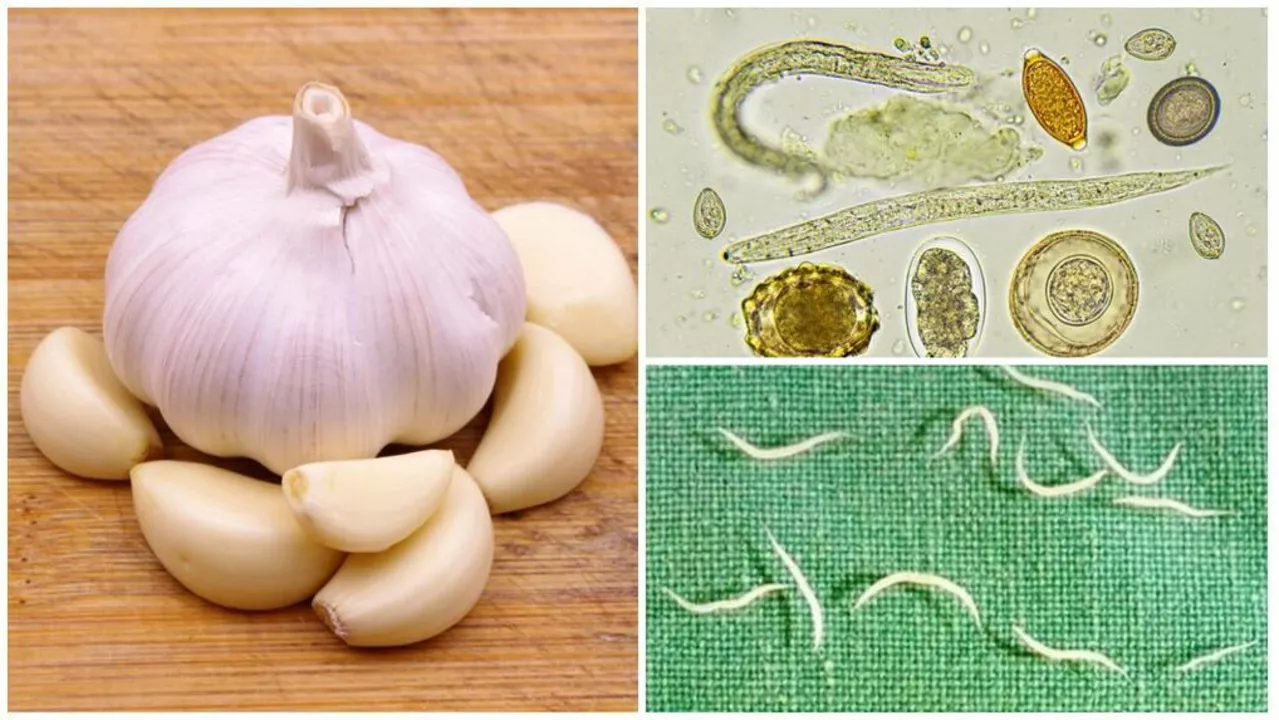Introduction to Trichuriasis and Albendazole
Trichuriasis, also known as whipworm infection, is a common parasitic infestation caused by the nematode Trichuris trichiura. It is a widespread health problem, especially in developing countries with poor sanitation. In this article, I will discuss the use of albendazole, a highly effective anthelmintic drug, for the treatment of trichuriasis. I will provide a step-by-step guide on the proper dosage and administration, as well as safety precautions and potential side effects.
Understanding Trichuriasis: Symptoms and Diagnosis
Trichuriasis primarily affects the large intestine, leading to various gastrointestinal symptoms. In mild cases, patients may experience abdominal pain, diarrhea, and loss of appetite. However, severe cases can lead to anemia, malnutrition, and even prolapsed rectum. The diagnosis of trichuriasis is usually confirmed through stool examination, which reveals the presence of whipworm eggs. If you suspect that you or a loved one may be suffering from this infection, it is essential to consult a healthcare professional for proper diagnosis and treatment.
Albendazole: A Powerful Weapon Against Trichuriasis
Albendazole is a broad-spectrum anthelmintic drug that has been proven effective in treating various parasitic infections, including trichuriasis. It works by inhibiting the microtubule function in the whipworms, resulting in their death and eventual expulsion from the body. Albendazole has been endorsed by the World Health Organization as a safe and effective treatment for trichuriasis, making it the drug of choice for many healthcare professionals.
Preparing for Albendazole Treatment
Before starting albendazole treatment, it is crucial to discuss your medical history and any existing health conditions with your healthcare provider. This will help determine if albendazole is the right choice for you and if any dosage adjustments are necessary. Additionally, inform your doctor about any medications or supplements you are currently taking, as some drugs may interact with albendazole.
Proper Dosage and Administration of Albendazole
The recommended dose of albendazole for trichuriasis treatment in adults and children over two years of age is 400 mg, taken as a single dose. The medication should be taken with food to enhance its absorption and increase its efficacy. It is essential to follow your healthcare provider's instructions on the proper dosage and administration of albendazole. Do not take more than the recommended dose, as this may increase the risk of side effects.
Monitoring the Effectiveness of Albendazole Treatment
After completing the albendazole treatment, it is essential to monitor your symptoms and follow up with your healthcare provider. This will allow them to assess the effectiveness of the treatment and determine if any additional interventions are necessary. In some cases, a repeat dose of albendazole may be required to completely eradicate the whipworm infection. Stool examination may also be conducted to confirm the absence of whipworm eggs and ensure successful treatment.
Managing Side Effects of Albendazole
Albendazole is generally well-tolerated, with most side effects being mild and temporary. Some common side effects include headache, dizziness, nausea, and abdominal pain. If you experience any severe or persistent side effects, it is essential to contact your healthcare provider for guidance. They may recommend adjusting the dosage or switching to an alternative treatment if necessary.
Preventing Trichuriasis Reinfection
After successful treatment with albendazole, it is crucial to take steps to prevent reinfection with Trichuris trichiura. This includes practicing good hygiene, such as washing hands thoroughly with soap and water after using the toilet and before preparing or eating food. Additionally, ensure that your living environment is clean and that proper sanitation measures are in place. This will significantly reduce the risk of whipworm reinfection and help maintain your overall health.
Albendazole in Mass Drug Administration Programs
Given the high prevalence of trichuriasis in certain regions, mass drug administration (MDA) programs have been implemented to control and eliminate the disease. Albendazole is often used in these programs due to its safety, efficacy, and low cost. MDA programs typically involve administering albendazole to entire communities or specific high-risk populations, such as school-aged children. These programs have been successful in reducing the prevalence of trichuriasis and improving public health outcomes.
Conclusion
In conclusion, albendazole is a highly effective and safe treatment option for trichuriasis. By following the step-by-step guide outlined in this article, you can ensure successful treatment and a swift recovery from this parasitic infection. Remember, it is crucial to consult with a healthcare professional before starting any new medication and to adhere to their instructions and guidance throughout the treatment process. With proper treatment and prevention measures, we can work together to combat trichuriasis and improve global health.



5 Comments
Liam Dunne
May 6, 2023 AT 02:06I've used albendazole for whipworm back in college when I was volunteering in Guatemala. Single 400mg dose, took it with a peanut butter sandwich-tasted like chalk, but worked like a charm. No side effects beyond a sleepy afternoon. Just make sure your stool samples are clear post-treatment, or it'll come back. 🐛
Vera Wayne
May 6, 2023 AT 14:41This is so helpful! I’ve been worried about my nephew-he’s been having stomach issues for months, and we finally got a diagnosis. I’m so glad there’s a simple, affordable fix. Albendazole is a miracle drug, honestly. Please, everyone reading this: if you’re in a high-risk area, don’t ignore the symptoms! Get tested. And yes, handwashing matters more than you think. 🙏❤️
Rodney Keats
May 7, 2023 AT 07:22Oh wow, a whole article on how to take a $2 pill. Next up: 'How to breathe: A step-by-step guide for the oxygen-deprived.' I mean, really? We’re celebrating a deworming pill like it’s the cure for cancer? 🤡
Laura-Jade Vaughan
May 8, 2023 AT 05:13OMG this is 🔥! I just read this and I’m so moved!! 🥹 Albendazole is literally the superhero of anthelmintics 💪✨ I mean, WHO-endorsed? Low cost? Single dose? This is the kind of science that makes me believe in humanity again. 🌍💖 Also, I just bought a soap dispenser shaped like a worm. For hygiene. And vibes. #WhipwormWarrior
Jennifer Stephenson
May 9, 2023 AT 15:39Albendazole works. Take with food. Wash hands. Prevent reinfection.